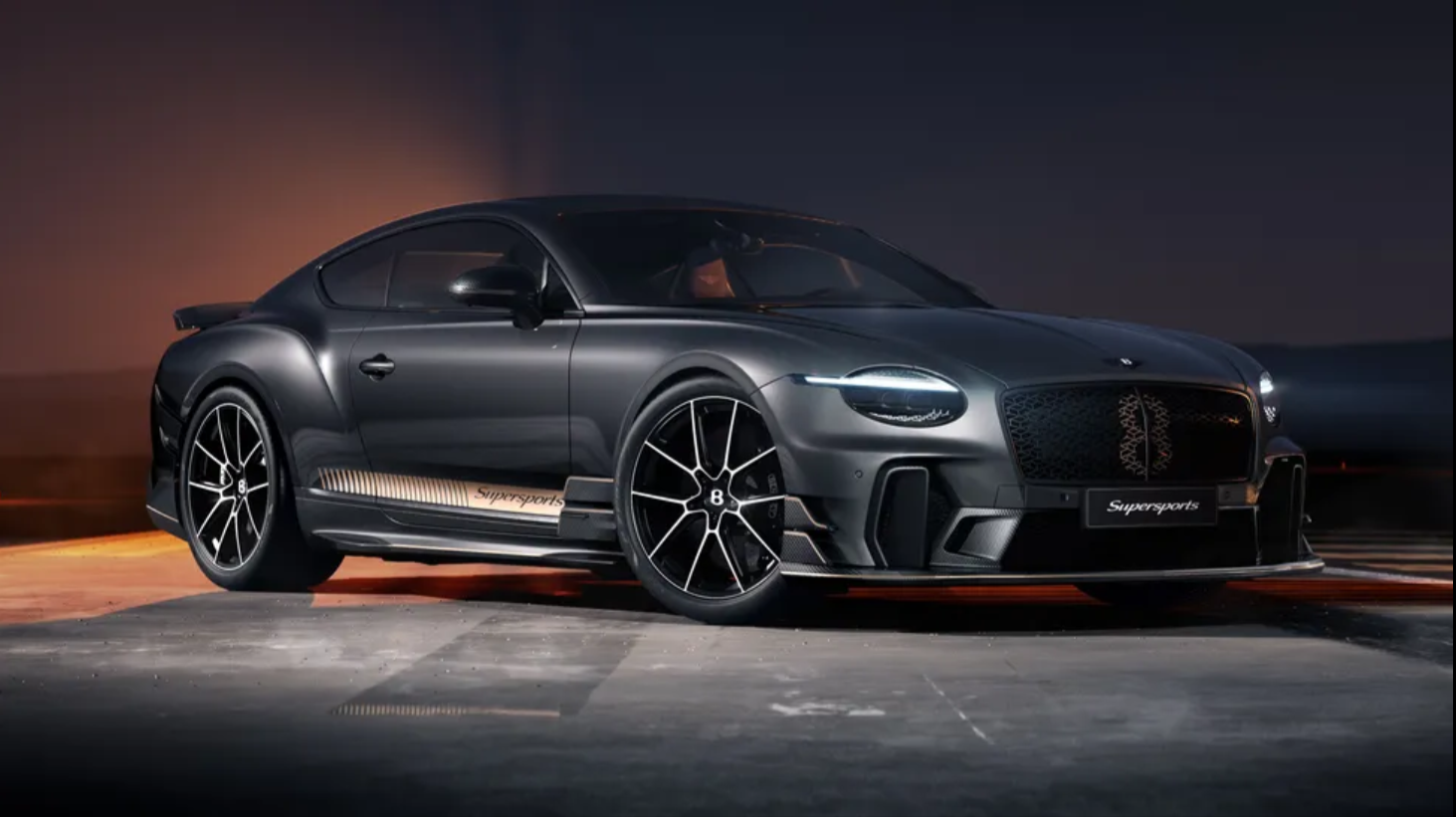Tucked away in an unassuming warehouse in the South Bay of Los Angeles, not far from some top-tier Korean cuisine, lies what I consider the epicenter of racing simulators: CXC Simulations. Since 2007, a dedicated team of racing aficionados, led by founder Chris Considine, has been crafting the world’s best racing simulators, including dozens of bespoke projects. This story centers around one such project.
It all started with a €1.8 million Pro 4 truck simulator built for Norwegian Cruise Lines—not the simulator in this tale, but its influential predecessor. After sparking significant customer interest, CXC transformed that one-off marvel into something you can actually order. Enter the CXC Motion Pro Truck, starting at €545,000, with order books wide open.
For that eye-watering sum, you’re treated to some of the most advanced simulation technology money can buy. CXC developed a proprietary full-motion platform with six hydraulic rams and custom control electronics. The torque-producing wheelbase is their own creation, while the VR headset is based on top-tier hardware, enhanced with custom firmware for seamless integration.
All this high-tech wizardry is powered by a custom-built computer with a dedicated user interface, making the experience as intuitive as mowing your lawn. The system’s energy demands are so intense it requires a dedicated high-voltage box.
With Considine guiding me, getting into the simulator was as simple as opening the tube-frame door (absent in a real Pro 4 truck), securing the four-point harness, adjusting my seat, and donning the VR headset. A few clicks later, I was immersed in a hyper-realistic virtual world, complete with birds chirping.
No amount of sim racing experience can prepare you for the Motion Pro Truck. I've never jumped a Pro 4 truck, but I imagine it feels remarkably close to what this simulator offers. The motion platform yaws, pitches, and rolls in sync with the in-game physics, enhanced by CXC’s software wizardry. It bucks and whips with startling ferocity, delivering a stomach-churning sensation on jumps and a satisfying jolt on landings.
As speed builds, a fan simulates high-speed airflow, heightening the immersion. The real magic, however, lies in the meticulous calibration. Considine allowed me 25-minute sessions—typically enough to induce motion sickness. Despite the truck's three-foot motion range and the complex calculations for accurate head position relative to body motion, the experience felt astonishingly lifelike. The only giveaway was the inevitable pixelation of the VR headset.
I could have spent all day in this simulator if not for the physical exertion and the hefty steering. After nearly two hours, I was exhausted. Only then did Considine reveal that the simulator was running at just 20% of its full capacity, equating to about 50% of the real thing’s intensity.
€545,000 is a serious investment, but CXC reports healthy order books from enthusiasts keen to elevate their dream garages. Compared to its €1.8 million sibling, the experience is identical, making this a relative bargain and a stellar showcase of modern driving simulation.


.jpg)
.jpg)





.jpg)


.jpeg)

.jpeg)
.jpeg)

